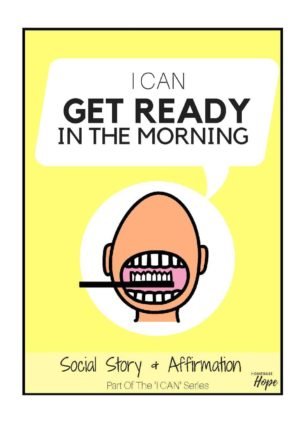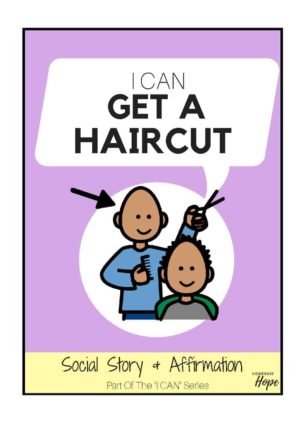Impaired communication is a core challenge for children with autism. However, many kids on the spectrum learn effectively through the use of visual supports. Visuals can increase predictability, reduce anxiety, improve listening and independence and empower children to effectively communicate their message. Whether you are currently using visuals or you are curious to learn more, I encourage you to strap in for some really practical advice as I chat with the amazing Shae Rodgers from Small TALK Speech Therapy in Newcastle.
5 Rapid-Fire questions
1. What is one habit parents can implement today?
Making visuals apparent in the child’s environment is something that I would really encourage every one to think about. And like we talked about there’s a lot of free tools plus using gesture to support what you’re saying and pointing out visuals in the general environment like stopping at a stop sign and actually pointing it out for the child. So really focussing on visuals that are all around us and then maybe popping some labels around can make a huge difference.
2. What do people never ask you that you wish they did?
What I would love if families would speak to their speech pathologist about is will visuals improve my child’s expressive language and behaviour. People have trouble understanding the importance of visuals and they do shy away from it sometimes in the fear of it affecting that expressive speech but if that happens in the early years – so much opportunity has been missed to integrate those visuals and integrate behaviour as well.
3. What book would you recommend all parents read?
Raising A Child With Autism: A Guide To Applied Behaviour Analysis For Parents by Shira Richman.
4. What is your top unfinished bucket list items?
It’s hard to choose one, but professionally I’d love to write a book. So that’s something I’ve had on the side project for a while, that I’ve started working on so that’s really exciting!
5. If you could only offer one piece of advice to parents, what would it be?
My tip would be always push for more, but don’t push too hard. So you really need to find that sweet spot between too hard and too easy and keep moving along that track, step by step and really breaking it down.
Episode Resources
www.smalltalkspeechtherapy.com.au
Join The Community
YouTube Channel (to see the beautiful faces of our guests): here
Facebook: Homebase Hope
Instagram: @homebasehope
So….until next fortnight, I encourage you to open your mind, respect the differences and above all believe that YOU can make a difference from homebase!
With love and hope,








